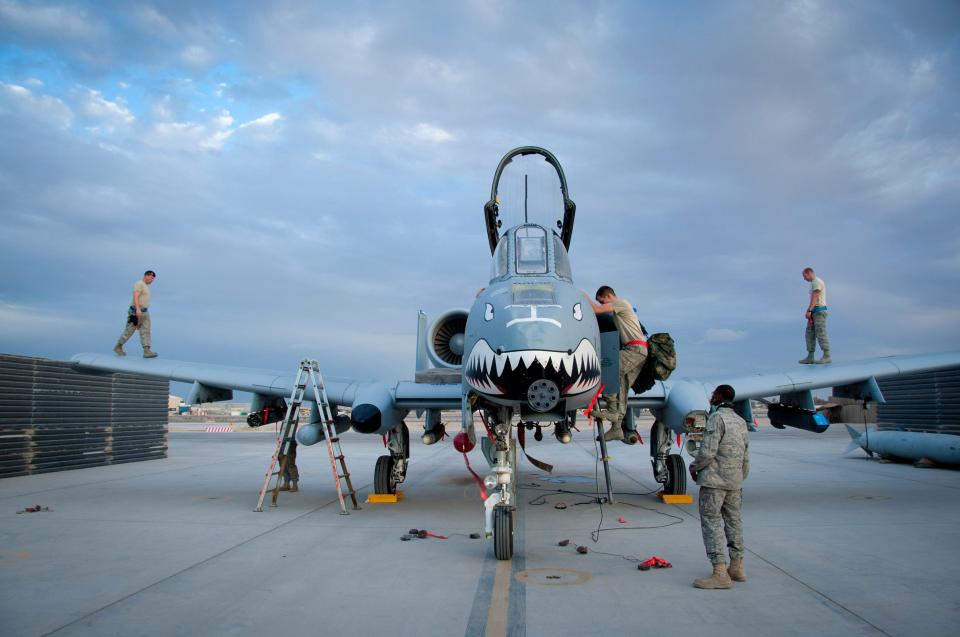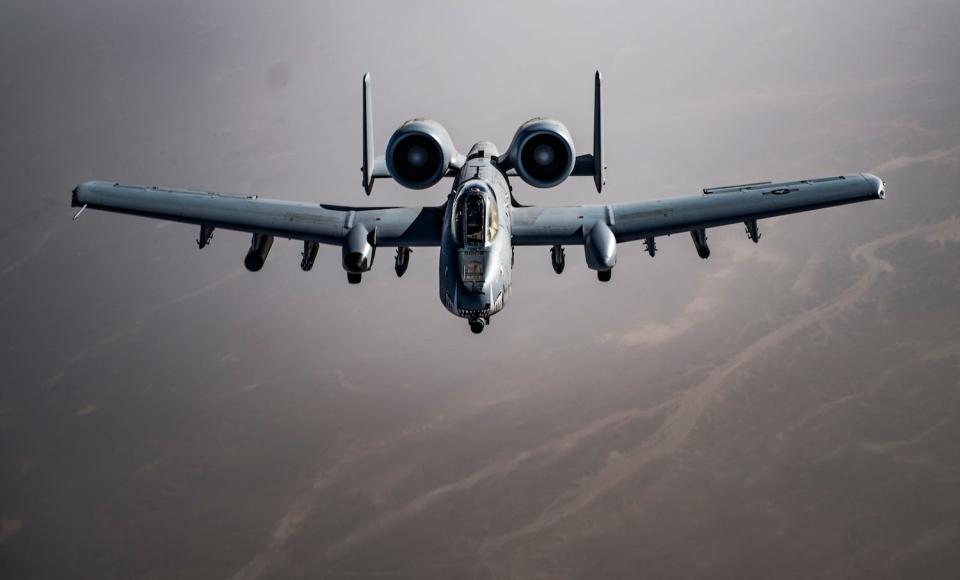US Air Force secretary says it's time to move on from the A-10 Warthog because it 'doesn't scare China' and has only 'limited usability'
The US Air Force has been trying for years to retire its aging fleet of A-10 Warthog planes.
During a Thursday hearing, the service secretary said the aircraft "doesn't scare China."
"It still has some limited utility, but we have to get on with things," Frank Kendall told Congress.
The US Air Force has long butted heads with Congress over plans for the retirement of its aging A-10 Thunderbolt II attack aircraft — flying cannons also known as Warthogs, and on Thursday, service leadership stressed to legislators that it's time to move on because the warplane is less useful than it was 40 years ago and simply "doesn't scare" China.
The Department of the Air Force Posture Statement about the 2024 fiscal year budget outlines specific divestments that the service branch wants to undertake so it can continue to modernize and adapt to relevant threats. The document requests that Congress allow for the retirement of 42 A-10 Warthogs because the aircraft "does not deter or survive against our pacing challenge, and we need to move forward."
Frank Kendall, the secretary of the Air Force, reiterated this Thursday afternoon during a House Armed Services Committee hearing on the service's budget request when ranking member Rep. Adam Smith asked Kendall if he could outline some of the programs that the Air Force plans to divest and why it is important that Congress avoids getting in the way.
"I'll start with the A-10," Kendall said in his response. "It's over 40 years old. It was, in its time, a great aircraft — it served us well. I was an advocate for that program for a long time, but it doesn't scare China."
"It still has some limited utility," the secretary added, "but we have to get on with things which are going to be more capable relative to the threat."

Thursday's hearing was not the first time that Kendall has pushed for the retirement of the A-10 — among other aircraft — because it doesn't scare China. In December 2021, the Air Force secretary lauded the Warthog, C-130 transport aircraft, and MQ-9 Reaper drone for their past effectiveness. He said that although they had their uses, "none of these things scare China."
The A-10 is a ground-attack aircraft that has been in service since the late 1970s and has seen combat experience in conflicts in the Middle East.
Equipped with a GAU-8 Avenger 30-mm rotary cannon that can fire 3,900 rounds per minute, the twin-engine plane is built to conduct close-air-support missions and execute attacks against ground units, including enemy tanks and armored vehicles. Each unit costs just under $10 million, according to an Air Force fact sheet.

For years, Congress has blocked the Air Force's attempts to retire the A-10, but in late 2022, lawmakers finally allowed 21 Warthogs to be retired and sent to a boneyard. The retirements will curb the fleet of A-10s to 260, a number that could plummet even more with the service's latest request.
Given the aircraft's reputation as a tank killer, there was talk last year about the possibility of sending the A-10s to Ukraine, but the conclusion was that they likely wouldn't survive the high-intensity fight in which neither side has air superiority.
A Ukrainian defense adviser said last July that the decades-old planes are "slow" and "vulnerable to the enemy's air defenses," but Ukraine made a request anyway months later. Secretary of Defense Lloyd Austin shut down the idea though, arguing that it "made no sense" and that the old planes would be a "squeaky target."
Military predictions about what a US war with China might look like often argue that American forces would likely not enjoy the same freedom to conduct air operations that the US had in its wars in the Middle East, potentially making assets like the A-10 less valuable in a possible future fight.
Read the original article on Business Insider

